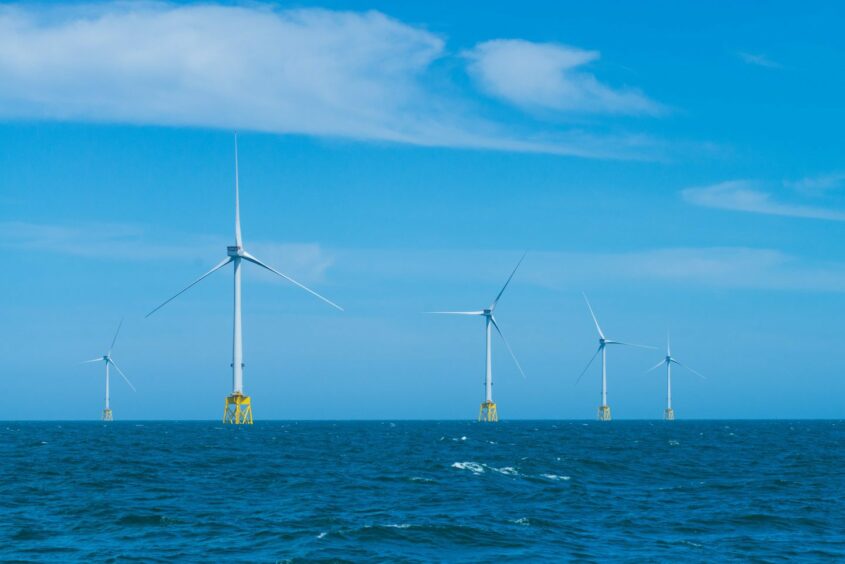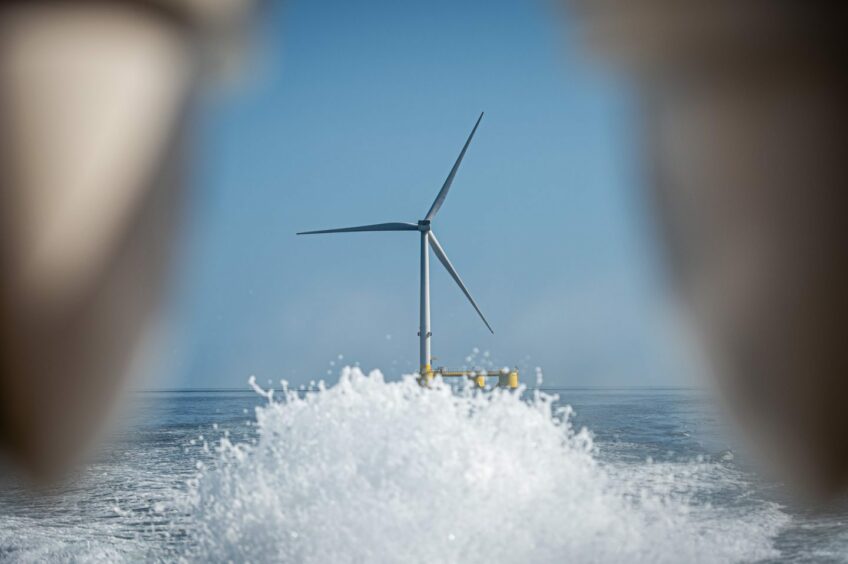
A survey conducted by Westwood Global Energy Group has found that inflation could cost offshore wind developers $280 billion over the next decade.
Nearly 75% of respondents indicated that they had begun to review the viability of their projects following recent cost increases and over 90% said that decision-making had slowed as a result.
“Inflation has been one of the key challenges facing the global economy over the past 24 months and offshore wind has been no exception, grappling with both specific and general inflationary factors,” said Peter Lloyd-Williams, senior commercial wind analyst at Westwood.
“OEMs have incurred significant losses, while developers have delayed projects in the face of shrinking margins.”
Poor profits and supply chain woes
At the beginning of the year Allen Leatt, chief executive of the International Marine Contractors Association (IMCA), said the current system for offshore wind contracts “is not a sustainable situation”.
Saipem at Scotland’s NNG wind farm, Subsea 7, Heerema and GE Renewable Energy have all previously expressed that work in the sector was impacting profits.
Mr Leat explained that if the profits of offshore wind firms were being hit, supply chains in the space would also be feeling the effects.
He told Energy Voice in February: “The supply side of the offshore wind sector is unprofitable today.
“The allocation of risk is one-sided from developers and their bankers to the supply chain, which is not the case in the oil and gas industry which understands the dynamics of offshore construction and marine environment.
“As a consequence of this risk allocation, the supply side is loss-making.”
Inflation to be ‘extremely challenging for some’
Westwood reports that 32% of the respondents to its survey indicated that they had seen cost inflation of 11-20% since 2021 with a “smaller number” reporting cost increases north of 30% and some said they had seen an over 40% increase.
Collating this information, the firm calculated that inflation could add around £222.42 billion to capital expenditure in the offshore wind sector over the next ten years.
Financing this expenditure gap could take the form of higher offtake prices funded directly by consumers or indirectly through additional financial and tax incentives, Westwood says.
Mr Lloyd-Williams added: “With margins in many parts of the industry already being squeezed due to attempts to make offshore wind more cost competitive in general, cost inflation may prove extremely challenging for some businesses.
“At this stage, however, most of our respondents appeared committed to the offshore wind industry and were not seeking to reduce headcount or withdraw from the industry.”
“Whatever happens next, industry players will be closely watching how a period of cost inflation affects a sector that has been defined by falling costs for some time.”
Recommended for you


 © Supplied by IMCA
© Supplied by IMCA © Wullie Marr/ DCT
© Wullie Marr/ DCT